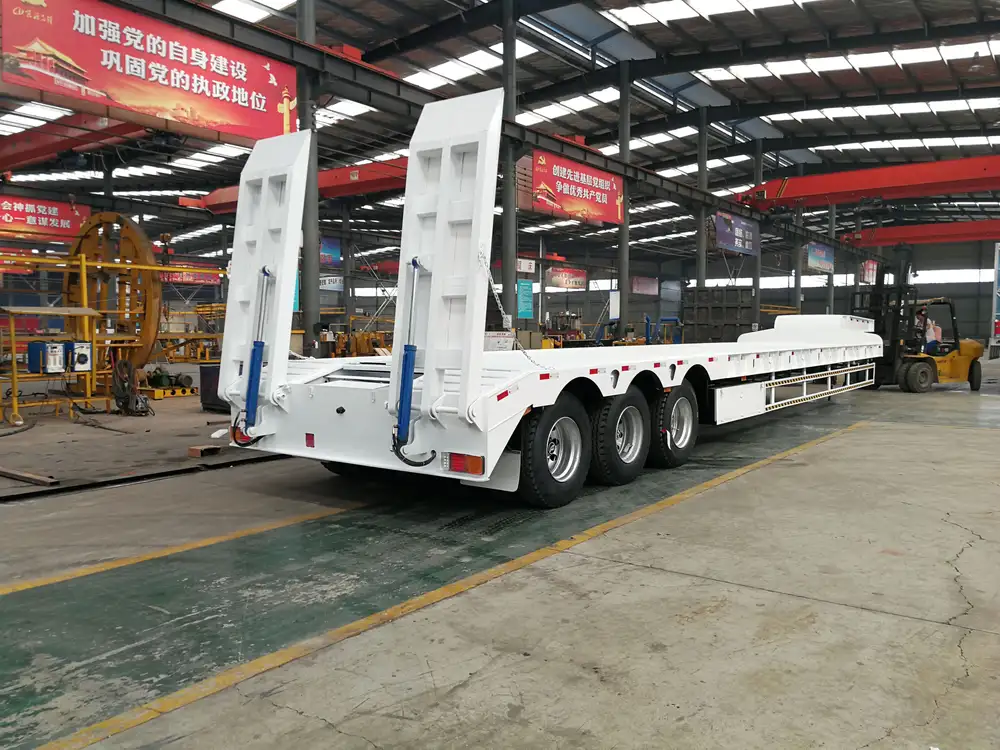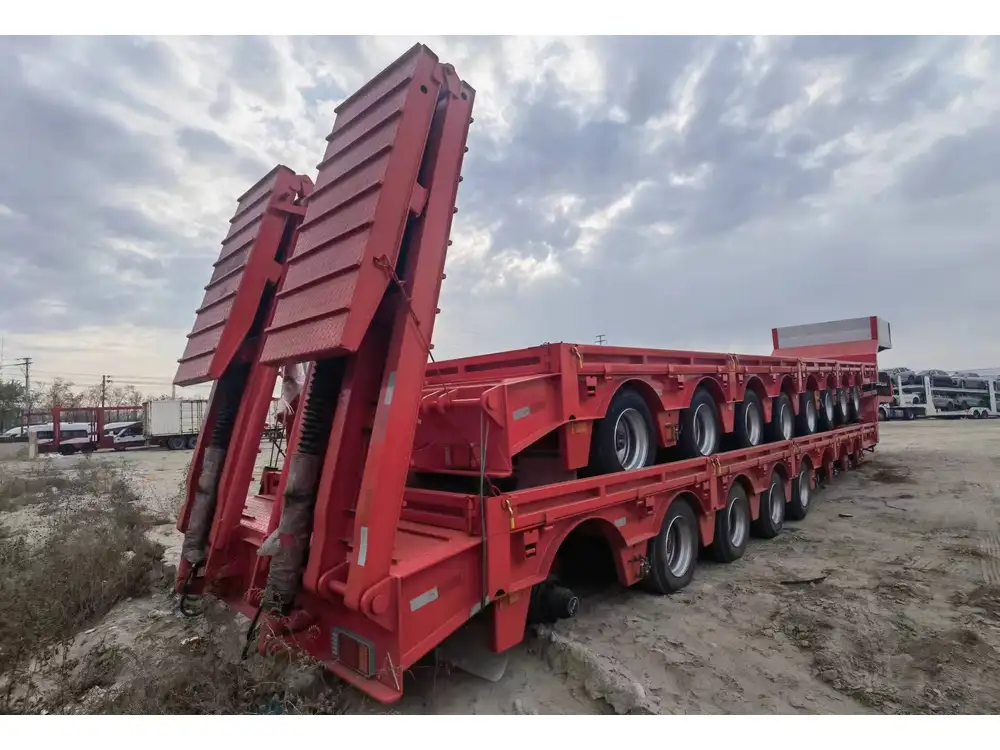Maintaining your RV is essential for smooth and enjoyable travels. One area that often gets overlooked is the maintenance of grey water sensors and tanks. These components, crucial for monitoring waste levels, can malfunction if not properly cleaned. This guide will detail effective methods for cleaning RV trailer grey water sensors and tanks, ensuring functionality and longevity.
Understanding Grey Water Systems
Before diving into the cleaning process, it’s essential to grasp the components and functions of the grey water system. Grey water refers to the wastewater generated from sinks, showers, and washing machines, which typically contains soap, dirt, and food particles. In an RV, grey water is stored in a dedicated tank until it can be disposed of at an appropriate dump station.
Key Components
- Grey Water Tank: The storage unit where used water collects.
- Sensors: Devices that indicate the level of waste in the tank.
- Pump: Moves wastewater from the tank to the disposal system.
- Valves: Control the flow of water into and out of the tank.

Importance of Cleaning
The sensors in your grey water tank play a crucial role in determining when it’s time to empty the tank. However, over time, dirt and soap residues can accumulate, leading to faulty readings or sensor failure. Regular cleaning can prevent these issues, ensuring accurate readings and preventing overflows or leaks.
Common Issues from Neglected Cleaning
- Inaccurate sensor readings
- Overflows and leaks
- Odors and bacterial growth
Step-by-Step Process for Cleaning grey Water Sensors and Tanks

Step 1: Gather Your Cleaning Supplies
Before starting, ensure you have the necessary tools and materials. Here’s a comprehensive list:
| Item | Purpose |
|---|---|
| Hot water | For diluting cleaning agents |
| Vinegar | Natural cleaner and deodorizer |
| Baking soda | Deodorizes and aids in cleaning |
| Non-abrasive sponges | To avoid scratching the tank or sensors |
| Tank cleaning wand | For effective debris removal |
| Gloves | Protect hands during cleaning |
| Bucket | To collect wastewater |
| Funnel | For pouring solutions |
Step 2: Prepare the RV
Before you start cleaning, ensure the RV is parked at a safe location with the waste tank valve closed. Position the RV on a level surface to maintain optimal waste flow and drainage once cleaning begins.
Step 3: Empty the Grey Water Tank
- Locate the Dump Valve: Typically situated at the rear or side of the RV, this valve controls the release of wastewater.
- Attach the Dump Hose: Securely connect the hose to the valve. Ensure it leads to your chosen waste disposal location.
- Open the Valve: Allow the tank to empty fully. Once drained, close the valve securely.

Step 4: Rinse the Tank
- Use Hot Water: Fill a bucket with hot water and pour it into the grey water tank through the drain. If available, utilizing a tank cleaning wand will enhance the rinsing process.
- Add Vinegar and Baking Soda: Combine equal parts vinegar and baking soda directly in the tank. The chemical reaction will help break down buildup and odors. Let it sit for about 30 minutes.
Step 5: Scrub the Sensors
- Locate the Sensors: Typically mounted on the side of the tank; refer to your RV manual for the exact location.
- Use a Non-Abrasive Sponge: Gently scrub the sensors to remove any residue. Avoid harsh chemicals that could damage the sensors.
- Rinse Thoroughly: Ensure all cleaning agents are washed away using fresh, hot water.
Step 6: Flush and Repeat
If the grey water tank is heavily soiled, repeating the rinsing process with hot water and vinegar might be necessary. It ensures all debris and residual odors are eliminated, promoting a clean tank environment.

Step 7: Final Steps
- Inspect for Damage: Once cleaning is complete, inspect the sensors for wear or damage. If any components appear malfunctioning, consider replacing them.
- Fill with Fresh Water: Before hitting the road, fill the grey water tank with a few gallons of fresh water. This helps prevent dryness and potential buildup.
Proactive Maintenance Tips
To ensure the longevity of your grey water system, implement these proactive cleaning and maintenance practices:
1. Regular Cleaning Schedule
Establish a regular cleaning routine based on usage:
- Heavy Use: Clean every month.
- Light Use: Every three months.

2. Use Tank Treatments
Many RV parks provide eco-friendly tank treatments that help break down waste and prevent buildup. Always opt for biodegradable options.
3. Monitor Sensor Readings
Regularly check your sensor readings. If they appear inaccurate, it may indicate the need for immediate cleaning.
4. Avoid Grease and Oils
Try to minimize the disposal of greasy or oily materials down the sink, as these substances can accumulate and lead to sensor malfunctions.

5. Educate Travellers
If traveling with multiple users, inform everyone about proper disposal protocols to maintain the system efficiently.
Troubleshooting Common Issues
Problem: Inaccurate Sensor Readings
- Solution: Clean sensors thoroughly, ensuring no residue obstructs the readings. If the issue persists, consider replacing the sensor.

Problem: Unpleasant Odors
- Solution: Regularly use vinegar or specialized tank deodorizing solutions. Ensure proper ventilation when dumping and cleaning.
Problem: Overflowing Tank
- Solution: If your sensors are malfunctioning and fail to indicate a full tank, frequent checks may be necessary until repairs are made.
Conclusion
Cleaning RV trailer grey water sensors and tanks is not just a maintenance task; it is vital for ensuring a pleasant and safe travel experience. By following this comprehensive guide, you can keep your RV in top condition, avoid unpleasant surprises, and enhance the longevity of your grey water system. Regular maintenance and proactive measures are key to ensuring your RV adventures are as enjoyable and hassle-free as possible.
With an organized approach and the right materials, we can ensure our grey water sensors and tanks remain in optimal working condition, creating a safer and more comfortable environment for our travels. Happy RVing!



